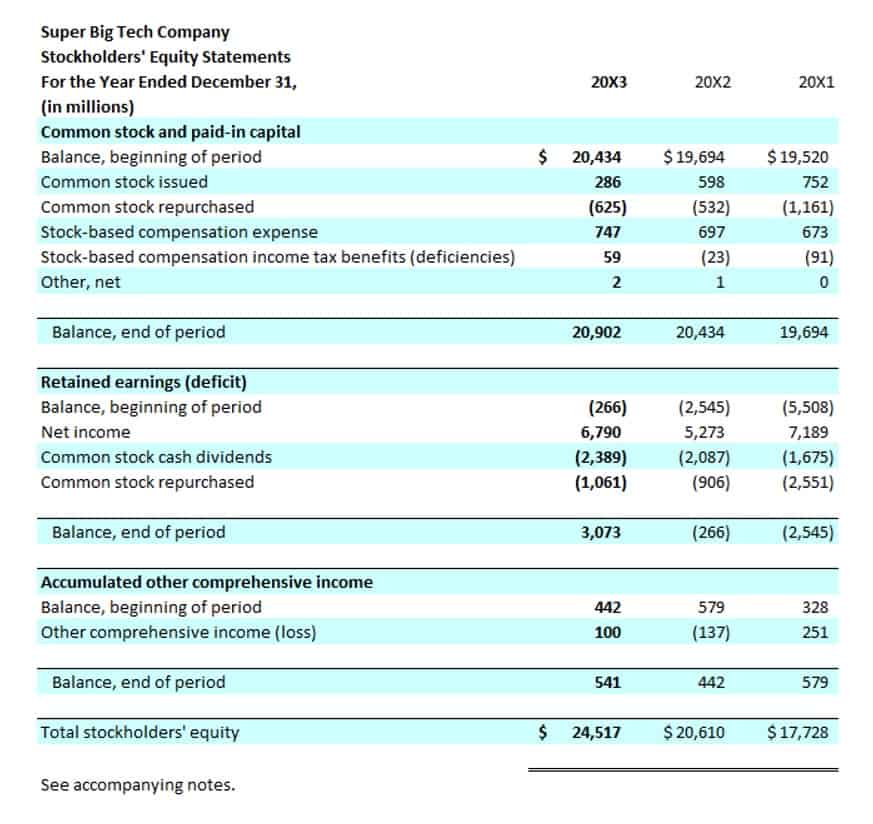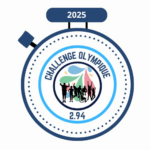Quick Ratio Acid Test Formula Example Calculation

Though a company may be sitting on $1 million today, the company may not be selling a profitable product and may struggle to maintain its cash balance in the future. You would not include prepaid insurance, employee advances, and inventory assets since none of those items can be quickly converted to cash. The most important step in the process is running your balance sheet, since you will be pulling all of your numbers from the balance sheet in order to calculate the quick ratio. If the quick ratio for your business is less than 1, it means that your liabilities outweigh your assets, while a quick ratio of 10 means that for every $1 in liabilities, you have $10 in liquid assets. This can include unpaid invoices you owe and lines of credit you have balances on.
How to calculate the quick ratio
A quick ratio above 1.0 indicates a company has enough quick assets to cover its current liabilities. A higher ratio indicates that the company has more liquidity and financial flexibility. Quick assets are assets a company expects to convert to cash in 90 days or less. Current liabilities are obligations the company will need to pay within the next year. These are subtracted from current assets to arrive at quick assets, which are divided by current liabilities to get the acid-test ratio. Thus, the quick ratio attempts to measure the firm’s immediate debt-paying ability.
What is the difference between a quick ratio and a current ratio?

The quick ratio is a simple calculation that can be easily determined using the financial statements of a firm. For one, this ratio does not account for cash flows, which can have a significant impact on a company’s liquidity. If a company had to cover its obligations right away, the cash ratio can give you a sense of how easily it could do so without using anything besides cash and cash equivalents. Our company’s current ratio of 1.3x is not necessarily positive, since a range of 1.5x to 3.0x is usually ideal, but it is certainly less alarming than a quick ratio of 0.5x. Most often, companies may not face imminent capital constraints, or they may be able to raise investment funds to meet certain requirements without having to tap operational funds. Therefore, the current ratio may more reasonably demonstrate what resources are available over the subsequent year compared to the upcoming 12 months of liabilities.

Your toolkit for managing liquidity

Upon dividing the sum of the cash and cash equivalents, marketable securities, and accounts receivable balance by the total current liabilities balance, we arrive at the quick ratio for each period. The quick ratio is a more appropriate metric to use when working or analyzing a shorter time frame. Consider a company with $1 million of current assets, 85% of which is tied up in inventory. The quick ratio measures the liquidity of a company by measuring how well its current assets could cover its current liabilities.
The gap between the current ratio and quick ratio stems from the inventory line item, which comprises a significant portion of the total current assets balance. Similar to the current ratio, which compares current assets to current liabilities, the quick ratio is also categorized as a liquidity ratio. On the other hand, removing inventory might not reflect an accurate picture of liquidity for some industries. For example, supermarkets move inventory very quickly, and their stock would likely represent a large portion of their current assets. To strip out inventory for supermarkets would make their current liabilities look inflated relative to their current assets under the quick ratio.
- For example, a company can have a huge amount of accounts receivable that will eventually cause a higher quick ratio.
- The higher a company’s quick ratio is, the better able it is to cover current liabilities.
- For example, the ratio incorporates accounts receivables as part of a company’s assets.
- Quick assets (cash and cash equivalents, marketable securities, and short-term receivables) are current assets that can be converted very easily into cash.
Quick Ratio: Definition, Formula, Uses
This includes cash and cash equivalents, marketable securities, and current accounts receivable. A quick ratio that is greater than 1 means that the company has enough quick assets to pay for its current liabilities. Quick assets (cash and cash equivalents, marketable securities, and short-term receivables) are current assets that can be converted very easily into cash. On the contrary, a company with a quick ratio above 1 has enough liquid assets to be converted into cash to meet its current obligations. « It’s the company’s ability to pay debt due soon with assets that quickly convert to cash. You can use the quick ratio to determine a company’s overall financial health. »
- Should interest rates push higher, such a business might have a hard time meeting its long-term debt obligations.
- For example, a liability may allow for variable times or forms of payment, or the company may have access to credit and refinancing options.
- In terms of accounts receivables, the quick ratio does not take into account the turnover rate or the average collection period.
- This means the business has $1.10 in quick assets for every $1 in current liabilities.
- One of those, the quick ratio, shows the balance between your current assets and your current liabilities, with the best result showing that current company assets outweigh current liabilities.
- For an item to be classified as a quick asset, it should be quickly turned into cash without a significant loss of value.
- In contrast, if the business has negotiated fast payment or cash from customers, and long terms from suppliers, it may have a very low quick ratio and yet be very healthy.
This tells potential investors that the company in question is not generating enough profits to meet its current liabilities. A company’s quick ratio equation is a measure of liquidity used to evaluate its capacity to meet short-term liabilities using its most-liquid assets. A company with a high quick ratio can meet its current obligations and still have some liquid assets remaining. While the high inventory balance and growth benefit the current ratio, the quick ratio excludes illiquid current assets such as inventory.
Is the quick ratio perfectly reliable in all situations when looking at a company’s liquidity?



 ci-dessous, en bas de votre écran, et puis sur Ajouter à l'écran d'accueil.
ci-dessous, en bas de votre écran, et puis sur Ajouter à l'écran d'accueil.
 ci-dessus en haut de votre écran, et puis sur Installer l'application.
ci-dessus en haut de votre écran, et puis sur Installer l'application.